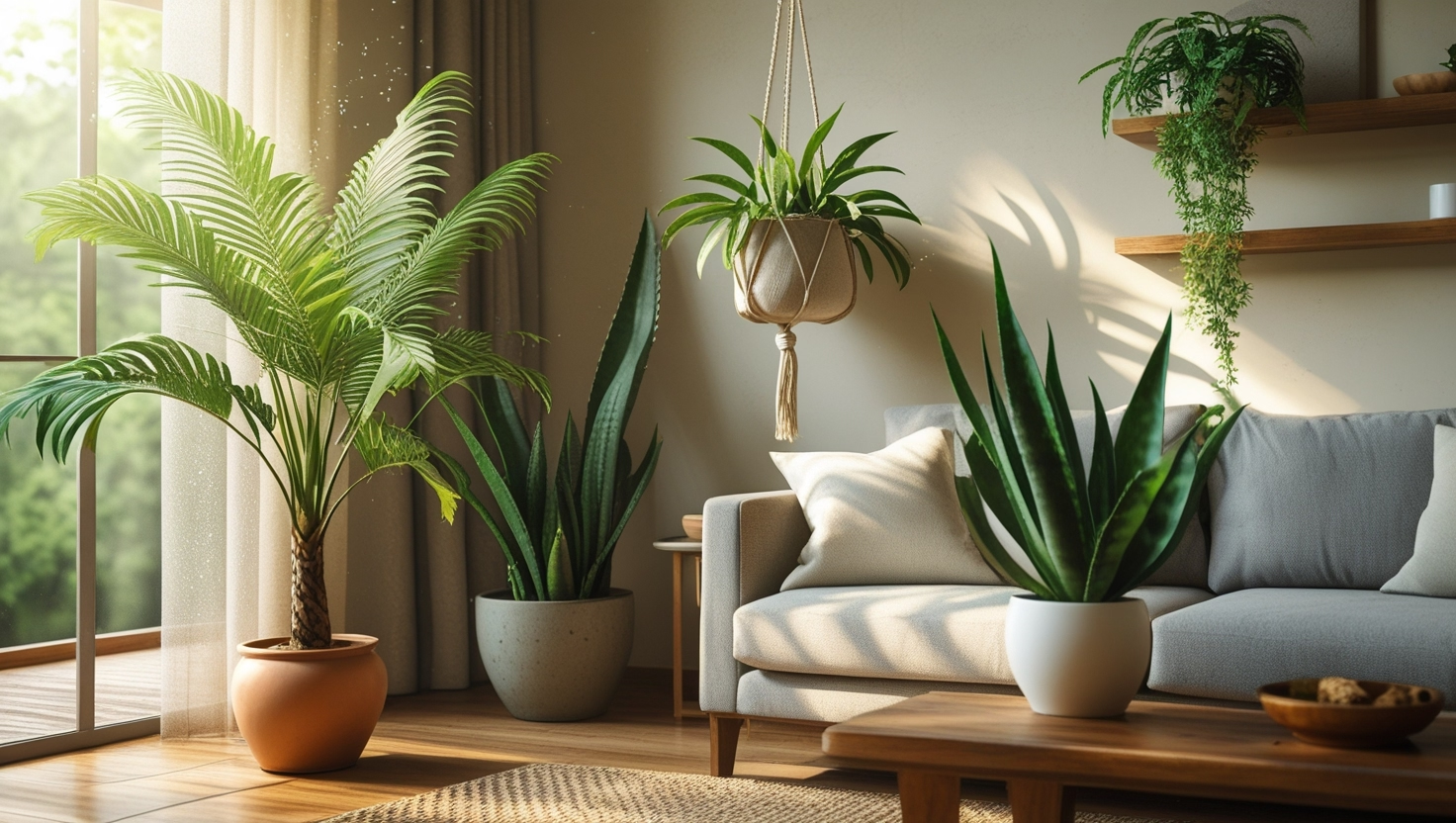
Top Air-Purifying Indoor Plants for a Healthier Home
Living in an energy-efficient, modern building can have unintended side effects. One of these side effects is less air flow. Lack of airflow allows for indoor air pollution to build up and cause health issues like asthma or sick building syndrome. For this, we can discuss Air-Purifying Indoor Plants
In fact, modern furnishings, synthetic building materials, and even your own carpet may carry more chemicals than expected. These chemicals can make up to 90 percent of indoor air pollution.
We are so used to hearing “Go out and breathe some fresh air,” but with high levels of pollution, fresh air has become a scarce resource. How about bringing some fresh air inside the house?
How Nature Fights Indoor Pollution
In 1989, NASA discovered that houseplants can absorb harmful toxins from the air, especially in enclosed spaces with little airflow. This study has been the basis for newer studies about indoor plants and their air-cleaning abilities.
While plants have less horsepower than air purifiers, they’re more natural, cost-effective, and therapeutic. Let’s find out more about these air-purifying indoor plants for a healthy and safer environment at home.
What Are the Best Air-Purifying Indoor Plants?
10. Aloe Vera
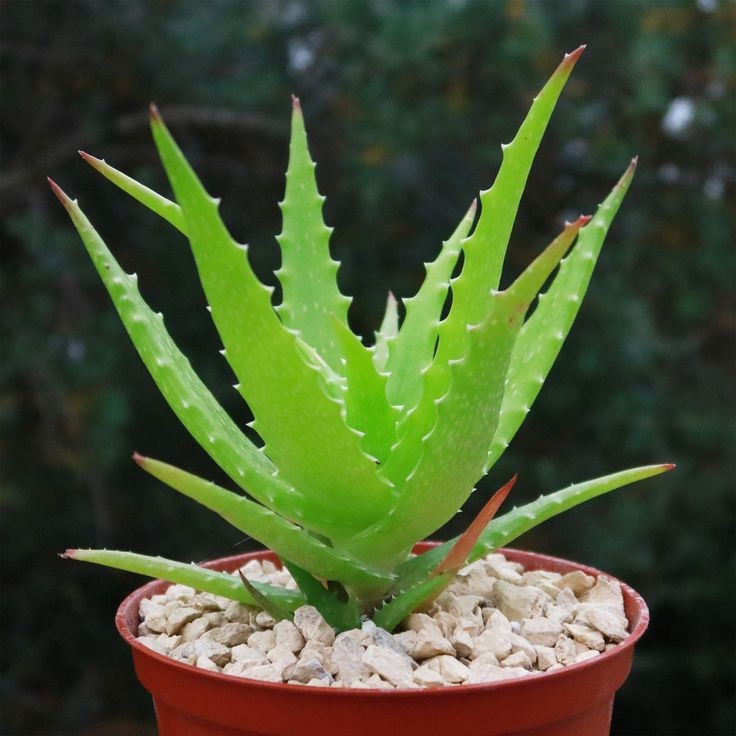
A healing aloe plant is a lovely addition to your kitchen windowsill, as it loves a sunny spot. While being on hand to soothe any kitchen burns, this succulent will purify the air of formaldehyde and benzene, found in varnishes, floor finishes, and detergents.
This plant will thrive in a sunny location. It doesn’t require frequent watering, so it is perfect for new plant moms and dads.
9. Money Plant
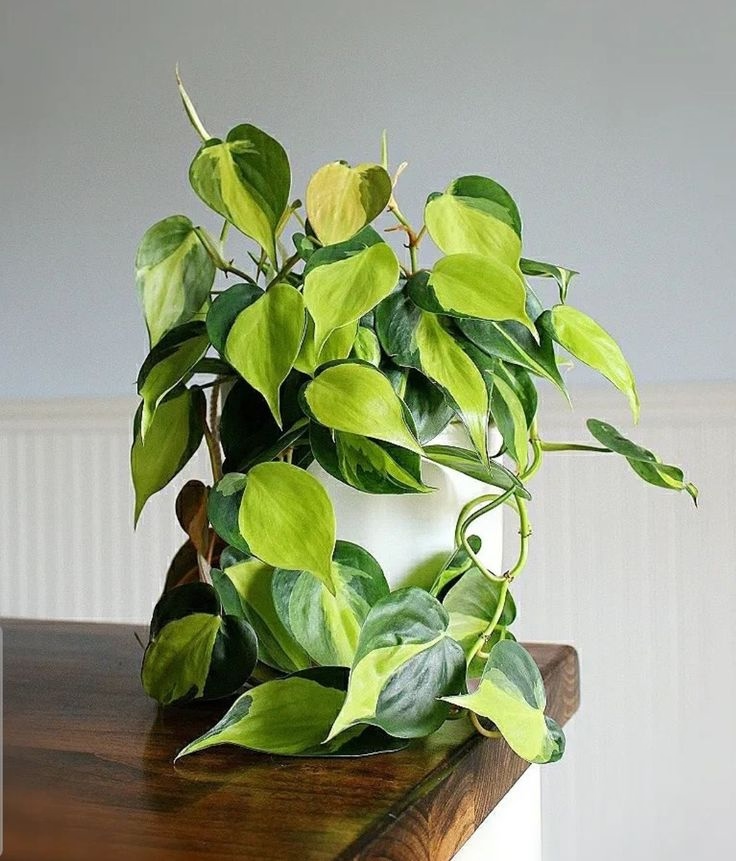
The Money Plant is renowned for its ability to remove chemicals and other pollutants from the air, specifically benzene, formaldehyde, xylene, and toluene. However, despite the benefit of its high purification rate, this plant is toxic to cats, dogs, and small children if its leaves are ingested.
The Money Plant prefers indirect light and needs to be watered every week or so. For one person, three 18-inch plants are recommended.
8. Areca Palm

As with all plants, the Areca Palm is biologically engineered to take in carbon dioxide and release oxygen. However, what sets the Areca Palm apart is its ability to also purify the environment it’s placed in by removing dangerous chemicals such as formaldehyde, xylene, and toluene.
The Areca Palm does well in filtered light and needs to be watered often. For one person, four shoulder-high plants should suffice.
7. Rubber Plant
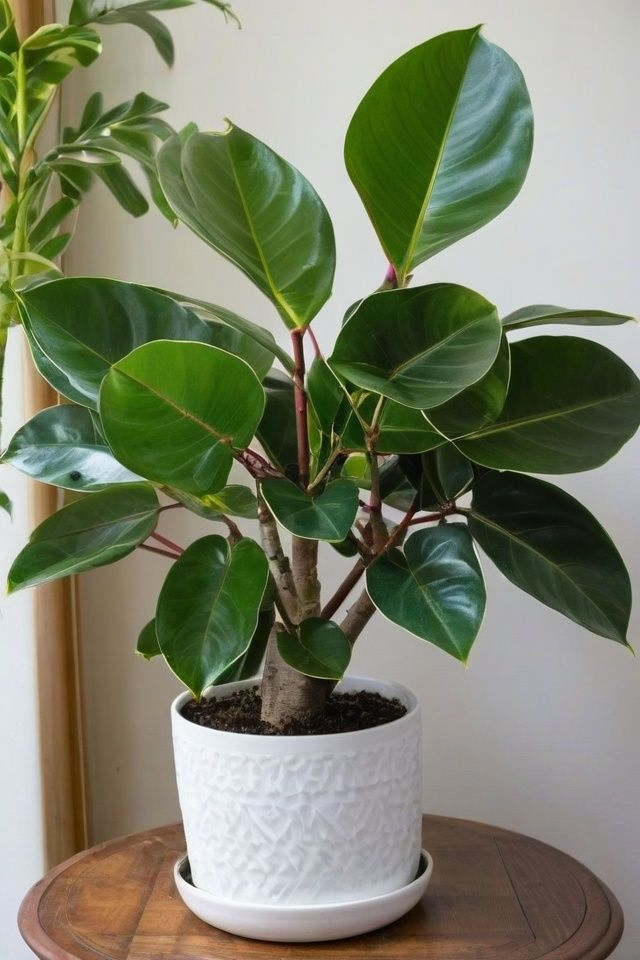
Pollen allergy sufferers might fire off a volley of sneezes and start tearing up against their will when they’re simply trying to enjoy outdoor greenery. But they should at least be able to breathe without swollen sinuses in their own home.
Go for a rubber plant to cleanse the air if that describes you, because its flowers and fruits don’t grow often when it’s potted and kept indoors. Rubber plants remove formaldehyde, carbon dioxide, and carbon monoxide from the air, perfect for newly painted or renovated flats, or rooms that face busy expressways.
They also thrive on neglect and actually like drier soil, so they’re hard to kill and can be watered only once a week.
6. Peace Lily

Native to tropical rainforest floors, the peace lily loves dim light, so you can put it in a windowless office or bathroom that could use some decoration with its subtle white flowers. It also removes trichloroethylene gas and ammonia fumes from furniture and paint.
The downside though is that peace lilies are toxic to cats, dogs, and children.
5. Spider Plant
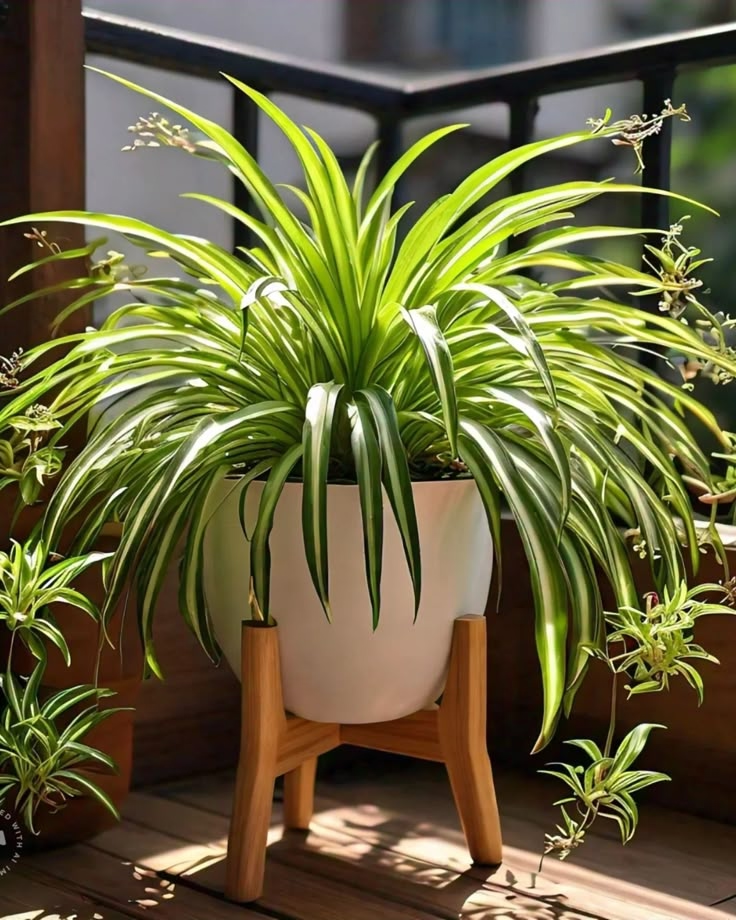
Also known as air plants, spider plants grow quickly and look great in hanging baskets, especially in your workspace. Sometimes they even produce lovely white blossoms.
Perhaps one of the most cost-effective houseplants to purchase, spider plants will constantly reproduce with little care. Simply split off a baby spider and it will propagate easily. They filter benzene, formaldehyde, carbon monoxide, and xylene from the air, making them an amazing air-filtering plant choice for you to purchase for your home.
4. Snake Plant

As the name suggests, the plant resembles the shape of a snake, or otherwise, once it starts it won’t stop; the Snake Plant is a potent air-filtering house plant. It’s particularly lively in moist areas such as the bathroom.
It is quite helpful in cleaning formaldehyde from the air which is often found in most bathroom cleaning products, and toilet paper!
3. Chinese Evergreen
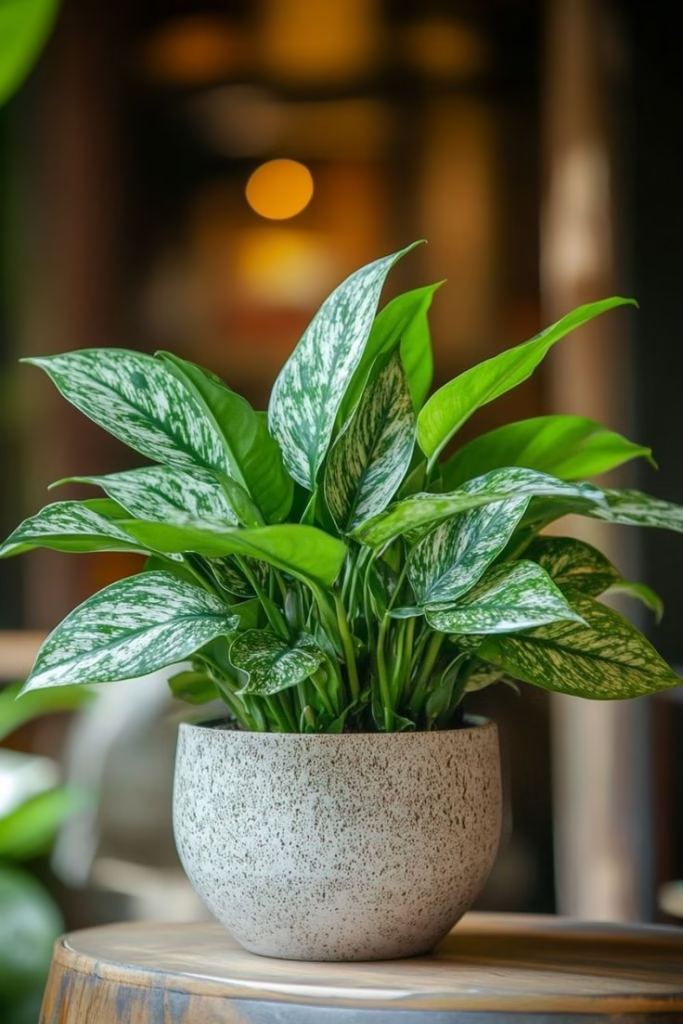
This sturdy plant is wonderfully easy to grow; it tolerates just about every indoor condition. While it’s one of the toughest plants, it’s also beautiful.
In addition to looking patterned and colorful, these pretty plants can remove many common toxins. It eliminates benzene, carbon monoxide, formaldehyde, trichloroethylene, and more other toxins. And on the downside, Chinese evergreen plants are toxic to dogs.
2. Boston Fern
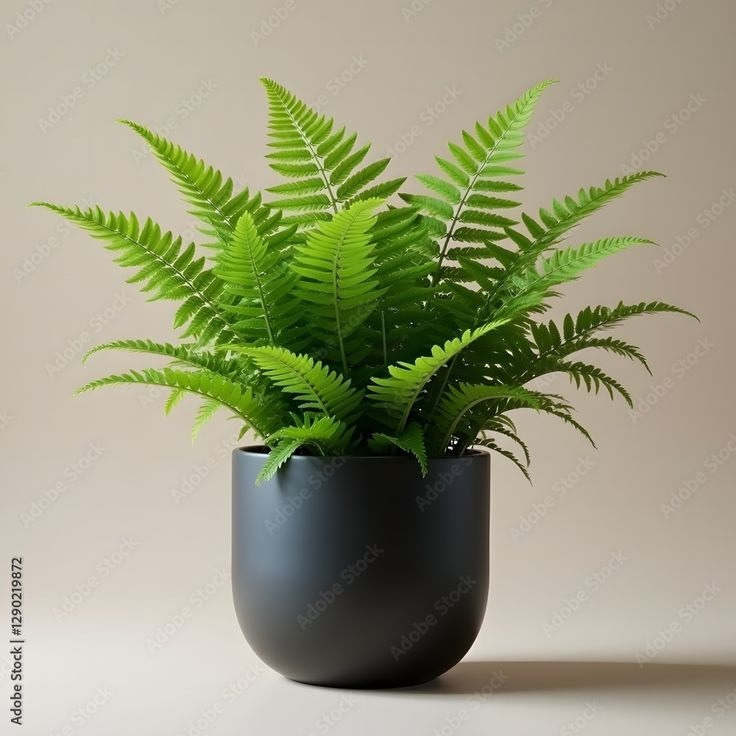
Despite being a well-known houseplant, many people probably never realize that it’s also a powerful air cleaner. It targets mold and other common toxins.
Ferns can typically be quite tricky to care for but the Boston fern is the most tolerant of the bunch. They prefer moist soil, indirect sunlight, and humid conditions, so they’re an ideal plant for the bathroom.
Not only do they provide a lush green display, they filter out the irritating chemicals, xylene, and formaldehyde.
1. English Ivy

You might recognize English ivy as the climber on many walls and trees outdoors but NASA claims that it is the number one indoor houseplant when it comes to its air purifiers. The English Ivy is an ideal air-filtering plant for hanging baskets or pots because its invasive nature allows it to spread easily.
The research found it to be particularly useful in eliminating airborne fecal matter particles. Ivy plant is also great for a family with smokers in it. Its ability to soak up carcinogens from second-hand smoke helps to purify the air of small areas.
It’s also versatile when it comes to growing conditions and it doesn’t require much maintenance.
A Final Note for Pet Owners
So try to grow these plants inside your house and have good, clean air to breathe. If you have pets then you should be aware that most indoor plants aren’t safe for pet consumption.
If you plan on growing plants in or outside of your home you should be aware of their toxicity. You can consult with your vet and see how it may affect your dog, cat, or any other animal that may consume it.